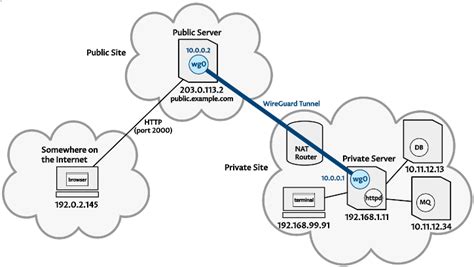Title: Port continued broadcast for combined Ethereum excavation: Critical examination
Introduction
Ethereum, like other cryptocurrencies, rely on a decentralized network to validate events and create new blocks. As a result, mining operations require efficient computers that have a significant computational force to solve complex mathematical problems, which in turn requires high band width connections. One common approach to the relief of bandwidth restrictions is Port ForWording, a technology that allows several devices of the same network to share one outgoing gate. This article examines whether the combined Ethereum mining can utilize the port transfer and what you need to know before implementing this solution.
What is a combined quarrying?

Combined mining is a system in which several mining workers connect computing resources that are distributed via the Internet to solve complex mathematical problems in exchange for cryptocurrency fees. This approach has gained popularity due to increasing demand for safe and decentralized calculation solutions.
Port’s postgraduate bases
The gate’s post -transmission is the process by which incoming network traffic is controlled by a router from the Internet to a particular computer or device on a local network. By setting up the post -sides of the ports, you can create a temporary re -control for outgoing traffic, which in this case combined mining equipment is used by.
Benefits of Port Subscription for combined mining
- Reduced bandwidth consumption : When many mining workers share the same resources and bandwidth in their corresponding networks, some may not have access to adequate internet access or may experience a high delay due to several connections. By directing outgoing traffic to the polar network dedicated to a mining worker, you can reduce total consumption.
- Increased speed : Combined mining operations require significant computational power, often divided between multiple machines. This results in a significant increase in the use of bandwidth compared to the use of individual devices at minimal overhead costs. By routing outgoing information through the same router and network, you may experience faster transfer speeds.
Challenges and aspects
While port transfer can be useful for combined mining, you need to consider a number of factors:
* Router configuration : Make sure that the router assembly allows the gate to be further broadcast. This may include setting the arrival rules of certain traffic or using advanced routing properties.
* Safety Risks : Gate’s postgraduate broadcast presents new security risks due to a possible entrance point for harmful traffic. Be careful when defining the gate’s residence and monitoring network activities closely.
* latency and package loss
: Combined mines are known for high latennce, which can be aggravated by the loss or corruption of the package during the broadcast. This can affect the overall performance of the swimming pool.
conclusion
The gate’s posture on the quarrying of the combined Ethereum can be a feasible solution to alleviate and increase the speed of bandwidth width restrictions. However, it is important to weigh the benefits of potential risks and challenges. Successfully implementing the gate’s further broadcast:
- Examine the determination of the router.
- Carefully plan the routing setting to minimize safety risks.
- Follow the network’s operation closely.
Understanding the complexities of the combined mining port transmission allows you to make conscious decisions on whether this approach is suitable for your special use case.
Để lại một bình luận